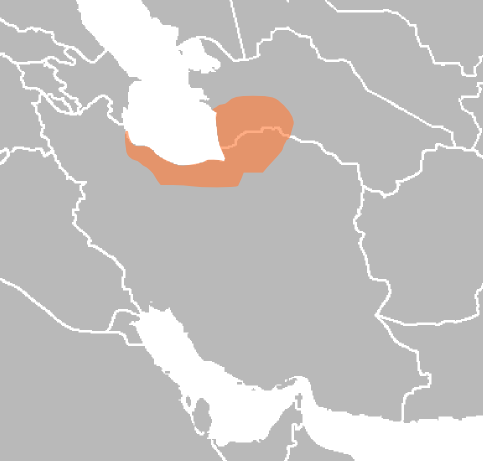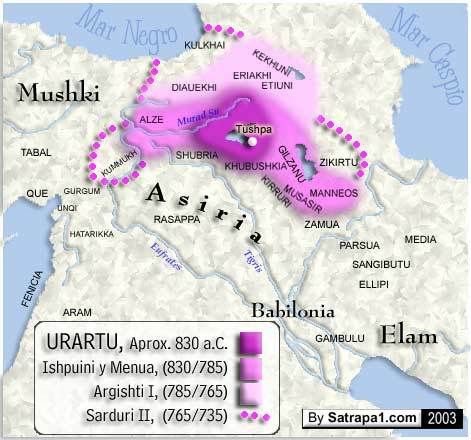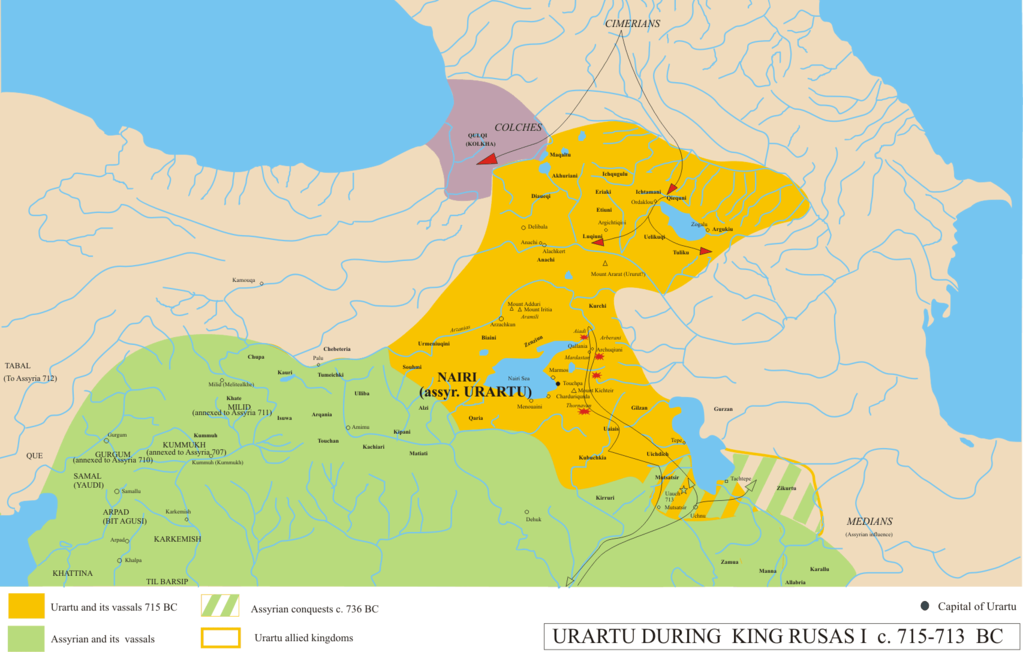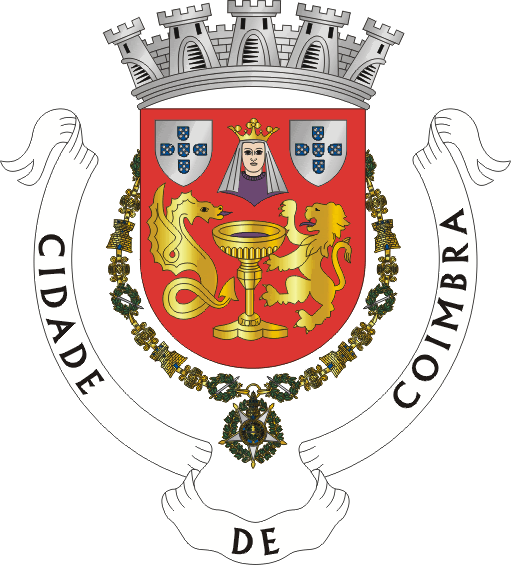It’s a question of frequency, perhaps. If a haplotype with a recognized genetic motif is present in any reliable sample of the population then we can infer that the haplotype is well distributed homogeneously in the population in a certain frequency. Even small frequencies of the order of 0,1 % can be detected and recognized in the case of big samples (<500). My case study is the frequency of the rare, but clearly visible J1b M365+ haplotypes in the Brazilian and Portuguese population. This genetic signature can be easily identified with the DYS19=15, DYS=390=22, DYS393=13 and a J1 signal like 458.2 or 388=16 what is a most probable way to capture a J1b haplotype.
In every big Portuguese and Brazilian databases (FTDNA, YHRD, SMGF) I can find the mentioned J1b motif provisory named as the “J1b Alan Modal Haplotype” in the Portuguese and Brazilian DNA stock. The frequency of the Portuguese J1b STR/SNP in the Portuguese population is estimated in between 0,2-0,8% of the total. The Portuguese Y DNA contribution to the Brazilian population has been estimated in circa de 40% (Sérgio Pena: 2000) what means 5 millions of Portuguese Y DNA in Portugal and 40 millions in Brazil. A haplotype will be considered as an established haplotype in a population if it’s found in a regular frequency in a constant and homogeneous participation in any big sample of this population. That’s the case of the J1b haplotype.
The article “Haplotype diversity of 17 Y-chromosome STRs in Brazilians”, Pereira et al, Forensic Science International 171 (2007) 226–236, lists 481 Brazilian haplotypes and there’s one identified as J1b, the number HP 406 with the “Alan Modal Haplotype”: DYS19=15, DYS=390=22, DYS393=13, the 458.2 and the rare DYS385I/II 12-20. So, just like the FTDNA, YHRD, SMGF databases, this article also keeps the regular statistical frequency of 0,2% of the Brazilian J1b haplotype.
The J1b haplotype participation in the Brazilian and Portuguese population must be related to its participation since the formation of the original stock of the Portuguese population during the “ethnogenesis age” of the creation of this distinct population organized around the Minho and Douro rivers 1500 years ago (Hispano-Romans, Suebis, Alans coalescence in the Minho-Coimbra area). That’s the same chronology of the formation of the Portuguese language as a distinct and organized language. The consequence of a distinct community organized as a distinct society with a specific language led to the creation of hierarchies, social stratifications and finally led to the creation of the independent Portuguese National State around the 12th century as a response to the Moor Almoravid and Almohad onslaught of the 11th century. In the last thousand years the Portuguese population had gone through two bottlenecks, one around the year 1000 AD with the Moor pressure and the other in the Thirty Years War (1630-1654) with the Castilian pressure in Iberia and the Dutch pressure in Brazil, in both cases the threats of annihilation of the autonomy and existence of this population in Europe and in America led to a situation of total war and a subsequent victory with a new demographic boom of the Portuguese-Brazilian population in new conquered territories. The original male population of the Entre Douro e Minho with a population of perhaps 30.000 Y DNA around the year 1000 AD has multiplied to a half a million in 1500 and to 45 millions nowadays. The Minho little population with few resources has been able to conquer Portugal and then conquer one of the world big territories in Brazil to become one of the world’s “Monster Country”. So the calculated total number of J1b’s haplotypes in the Portuguese-Brazilian population (from 0,2 to 0,8%) of the total population (45 millions) could be between 90.000 and 360.000. A single male, the J1b Western Iberian Genearch perhaps coming in the Alan invasion, was the founder of this lineage. Would it be possible to guess any kind of social status of his position after a thousand of years ? That’s a difficult question but somehow this Eastern Anatolian/Caucasian/Caspian “exotic” Y DNA could survive and thrive in a completely different place in the westernmost part of Western Europe, in times of war and destruction, in a very distant population very far way from the place of the original source and original habitat of this SNP and in a completely different hostile haplogroup environment. What I can say is that most probably this haplotype had entered the Portuguese stock before or just at the exact foundational moment of the ethnogenesis of the Portuguese population because it’s well rooted in some deep rural traditional places of the Minho and it is very well homogeneously distributed with a regular frequency in every big sample of the Portuguese and Brazilian population. The J1b haplotype was not observed in the recent article “The Genetic Legacy of Religious Diversity and Intolerance: Paternal Lineages of Christians, Jews, and Muslims in the Iberian Peninsula”. No Hispanic populations of Castilian, Catalan, Basque languages of Iberia and no Sephardic, Jew, Moor, Arab or North African population has presented this haplotype. The J1b M365+ is a Western Iberian-Portuguese-Brazilian phenomenon.
The American Journal of Human Genetics 04 December 2008
doi:10.1016/j.ajhg.2008.11.007
The Genetic Legacy of Religious Diversity and Intolerance: Paternal Lineages of Christians, Jews, and Muslims in the Iberian Peninsula
Supplemental Data for M. Adams et al.
Haplotype diversity of 17 Y-chromosome STRs in Brazilians .
Forensic Science International , Volume 171 , Issue 2 - 3 , Pages 226 - 236
R . Pereira , E . Monteiro , G . Hirschfeld , A . Wang , D . Grattapaglia















